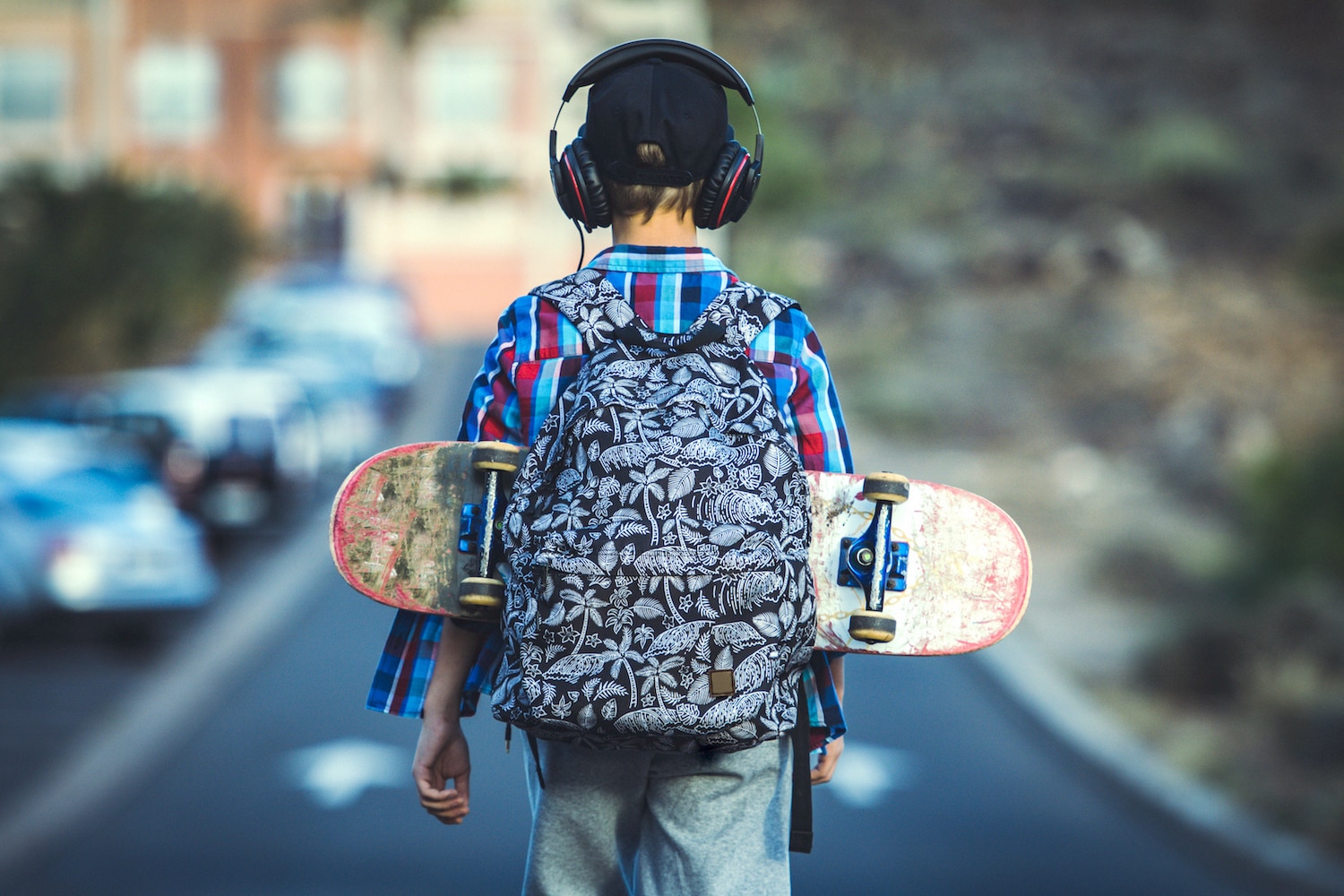We live two blocks from my son’s school. A friendly crossing guard escorts pedestrians across intersections, and we pass many schoolmates as we go. Business owners on the block are open and helpful. So in this secure bubble inside our big city, why won’t I let my 11-year old walk to school alone? Because I am not ready.
He’s nurturing his independence in many other ways, but walking to school solo is not an adventure I want to white-knuckle every morning. I am not always so protective, but I am no free-range parent either. I grew up in a different era. I took public transportation downtown with my friends, stayed out playing with kids in my neighborhood until I heard my mother yelling my name blocks away and babysat at age 11, my son’s age. I don’t know any parents who release the reins that much anymore.
I’ve promised him I will consider it for next school year. But the question tugs at all families, especially those with numerous children with various places to be: Can one child walk to her friend’s house by themselves? Can another go to the local park and watch a ballgame by themselves? And when can they walk the dog without you in tow?
I’ve consulted experts on determining when a child is ready to go out alone. Here’s the simple three-step process I found.
First, consider the law
The newly passed Every Student Succeeds law affirms that children can travel “to and from school on foot or by car, bus or bike when the parents of the child have given permission.” But what happens outside of school hours? If you equate unsupervised play with staying home alone, then consult the laws in your state. In Illinois, for example, it’s not legal for a child to stay home alone until they are 14, but in Kansas, it’s 6.
Free-range parenting advocates (like the Maryland family who were arrested for allowing their 6-year old and 10-year old children to walk about a mile home from school ) say these are personal parenting choices and add that crime stats are down from our childhood and that exercises like these build confidence in kids. But lawmakers, law enforcement and your neighbors might not agree.
Next, consider the route
Take a look at where your child will be walking, and even the area around it if they wander. Is there a proper sidewalk or bike lane? Are there places to stop for help or to go to the bathroom? Is it well-lit, lively and have proper traffic lights and pedestrian crossings? Is there a destination point or a meeting place if your child gets lost, tired, scared or sick?
Finally, and most importantly, consider your kid
There are very few expert opinions pinpointing the exact age children should be when go out alone because each child, family and situation has so many variables. The age range falls between age 8 and 12. Under the age of 7, kids are unlikely to be able to care for themselves. By age 10 or 11, they have that skill when the unsupervised time is short and directed, says one child welfare advocate. The American Academy of Pediatrics also recommends no earlier than fourth or fifth grade.
Instead of focusing on their birthday, ask these questions of your child’s readiness:
- Have they built trust with their behavior and fulfilling responsibilities?
- Are they mature enough for this privilege? Do they want to walk alone?
- Are the rules, times and procedures clear to them?
- Do they have a buddy to walk with or checkpoints along the way?
- Has an adult walked the route with them, pointed out landmarks, and for some kids who need extra support, been provided a map?
- Do they have any cognitive or physical challenges or special needs that will require preparation before they leave the house?
- Can they call for help? Do they know who are the reliable adults on the route?
- Will they be so distracted by a phone or device they are not aware of what’s happening around them?
- Do they understand the danger of child predators and unsafe drivers, and how to respond if they encounters either?
- Do they have skills and responses to get themselves out of unsafe situations?
You might be pleasantly, reassuringly surprised to see how your child fares with this assessment. And that might be just what you need to offer them up a little more freedom. And if not today, then maybe next fall.






